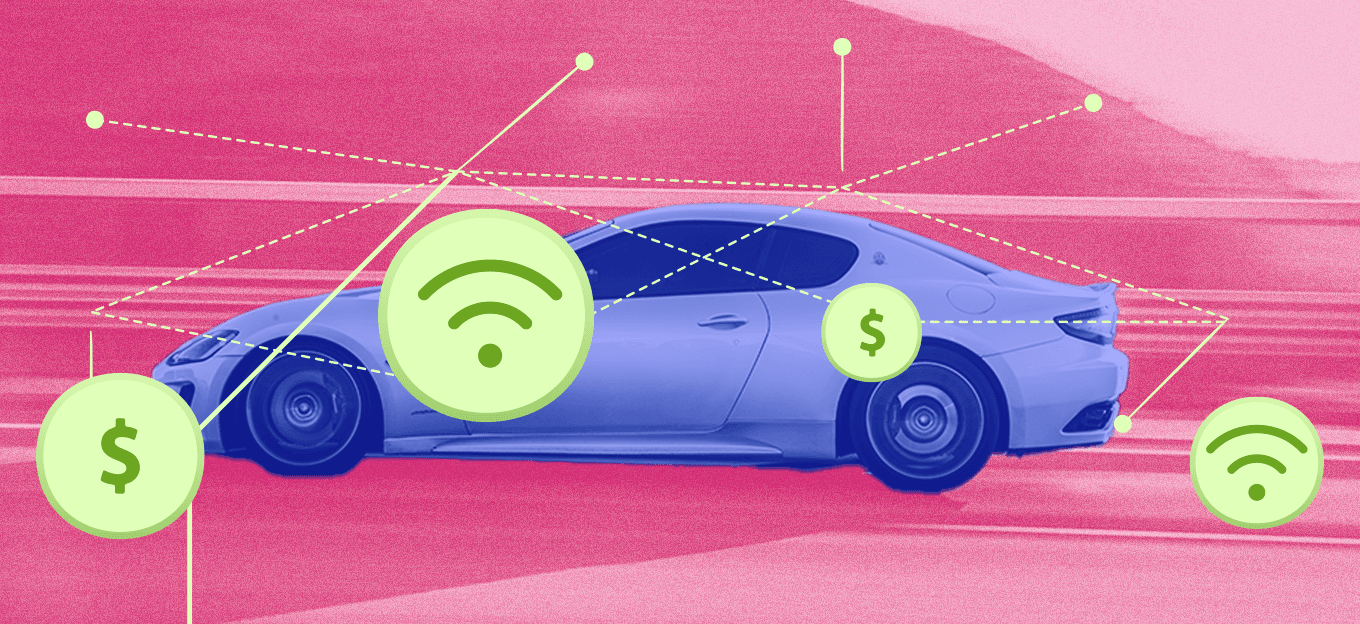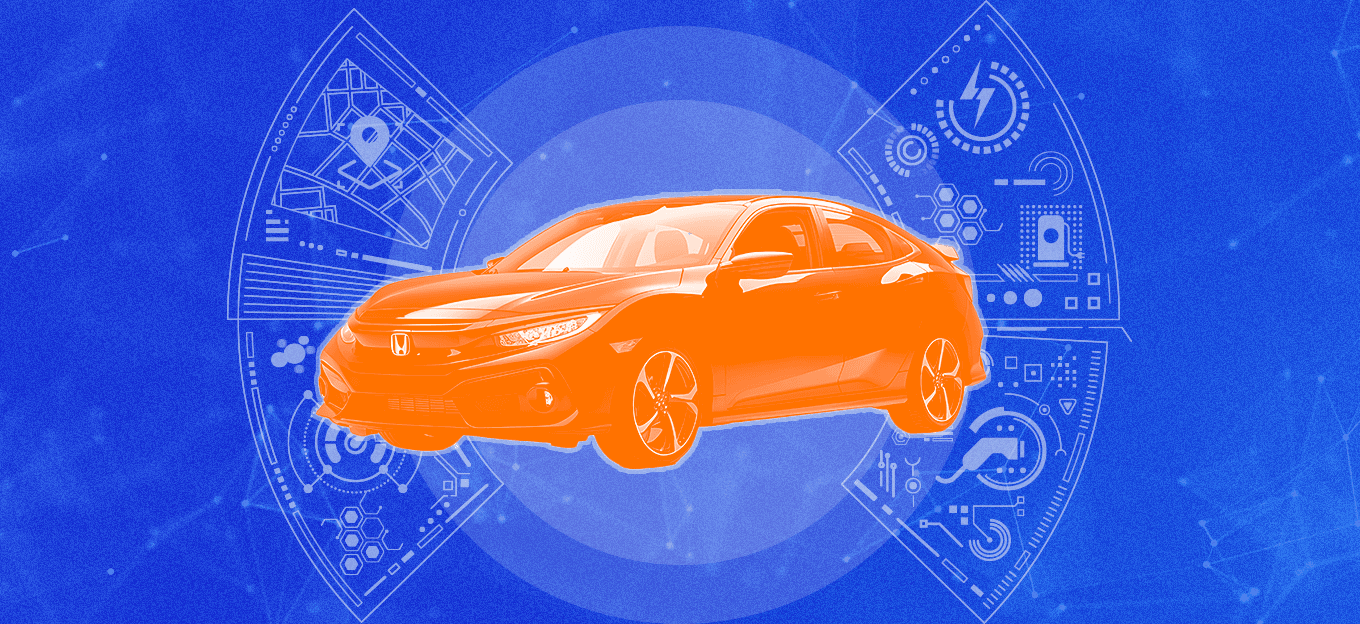Transforming Automotive Service Bays with AI and Computer Vision: 4 Ways Shops Are Driving More Profit and Efficiency
Transforming Automotive Service Bays with AI and Computer Vision: 4 Ways Shops Are Driving More Profit and Efficiency
- Last Updated: July 21, 2025
Eric Conn
- Last Updated: July 21, 2025



Automotive repair shops are discovering that their existing service bay cameras hold powerful untapped value. With the rise of artificial intelligence and computer vision, these cameras can record video, but they can also fuel smarter operations, faster service, and better customer experiences.
For many auto service businesses, camera systems were originally installed for safety or liability protection. But new AI-driven tools have emerged that analyze video feeds to create actionable insights. From accurately measuring service duration to tracking labor activity and identifying training opportunities, computer vision is reshaping how repair shops operate every day.
Below are four practical ways modern shops are unlocking this potential—without replacing their current equipment.
1. Automate Accurate Service Time Tracking
Precise service timing is essential to improving shop productivity. Traditional methods rely on manual entries or estimates, often leading to inaccurate data. AI-enabled video analysis can automatically detect when a vehicle arrives, when technicians start work, and when the service is complete.
How it helps:
- Identify delays as they happen
- Provide customers with precise wait-time updates
- Optimize daily schedules to increase vehicle throughput
Repair facilities using automated time tracking have reported significant reductions in average service duration, allowing them to handle more jobs each day without increasing headcount.
2. Monitor Labor Activity Without Manual Logs
Understanding how technicians spend their time is critical to balancing workloads and improving profitability. Computer vision software can monitor how many team members are working on each vehicle and how long they contribute to the job.
What it enables:
- Analyze technician utilization in real time
- Avoid understaffing or overstaffing specific services
- Improve accuracy in labor cost allocation
By replacing guesswork with clear data, shops can make informed decisions about staffing levels, training, and performance incentives.
3. Optimize Bay Utilization for Consistent Revenue
Every minute a service bay sits idle is potential revenue lost. AI-powered occupancy tracking shows which bays are occupied, idle, or underused throughout the day. This data helps managers schedule jobs more effectively and avoid workflow bottlenecks.
Why it matters:
- Uncover patterns of downtime or congestion
- Maximize bay usage without adding infrastructure
- Serve additional customers during peak periods
Some automotive businesses have increased daily service volume significantly by improving bay management with AI analytics.
4. Turn Service Footage Into Training Assets
Footage captured during service can be an invaluable training resource. AI tools can flag notable events—like an exemplary repair procedure or a recurring mistake—and compile them for coaching sessions.
What it can do:
- Create a library of real-world examples for new hires
- Showcase best practices from top technicians
- Address skill gaps proactively to improve consistency
Continuous learning driven by authentic service data helps foster a culture of quality and accountability.
Unlock More Value from Existing Infrastructure
Perhaps the most compelling aspect of this technology is that it works with cameras already installed in most repair facilities. There’s no need to replace equipment or install expensive new systems. Modern AI platforms integrate with existing video feeds to deliver insights that drive measurable improvements in efficiency, profitability, and customer satisfaction.
Why This Matters for the Automotive Industry
As the automotive aftermarket evolves, businesses that embrace data-driven operations will be better positioned to compete. AI and computer vision are no longer experimental—they’re proven tools that empower shops of all sizes to deliver faster, higher-quality service while optimizing resources.
The Most Comprehensive IoT Newsletter for Enterprises
Showcasing the highest-quality content, resources, news, and insights from the world of the Internet of Things. Subscribe to remain informed and up-to-date.
New Podcast Episode

Moving Past the Pilot Phase in IoT and AI
Related Articles





